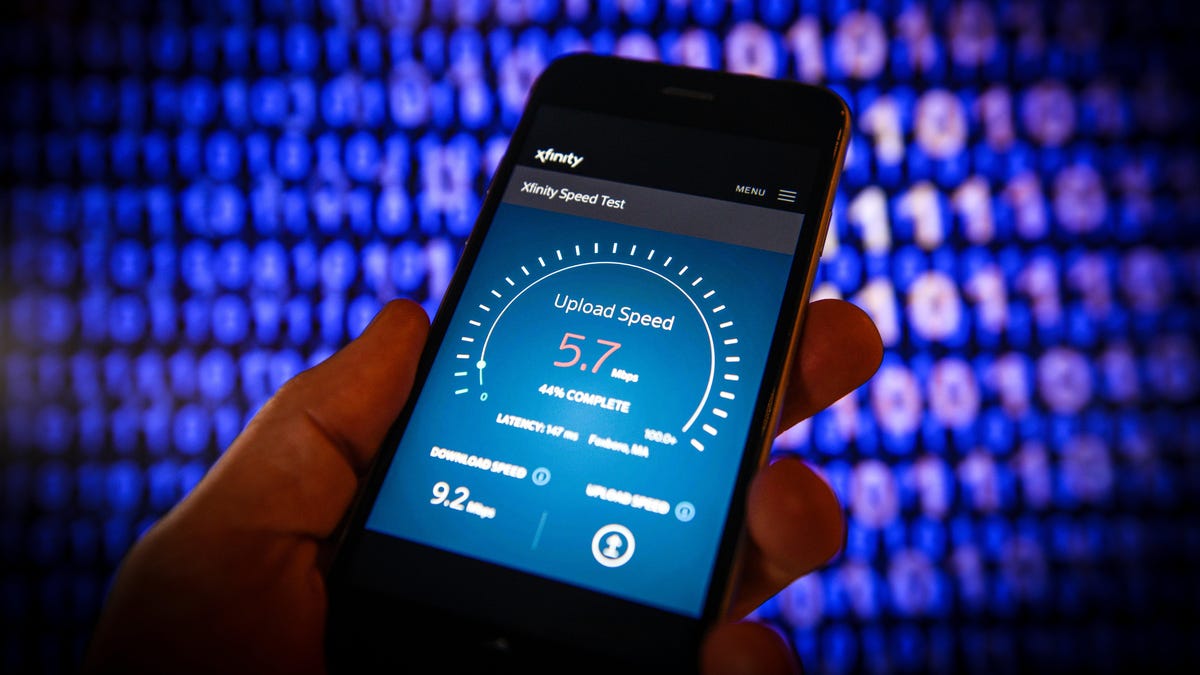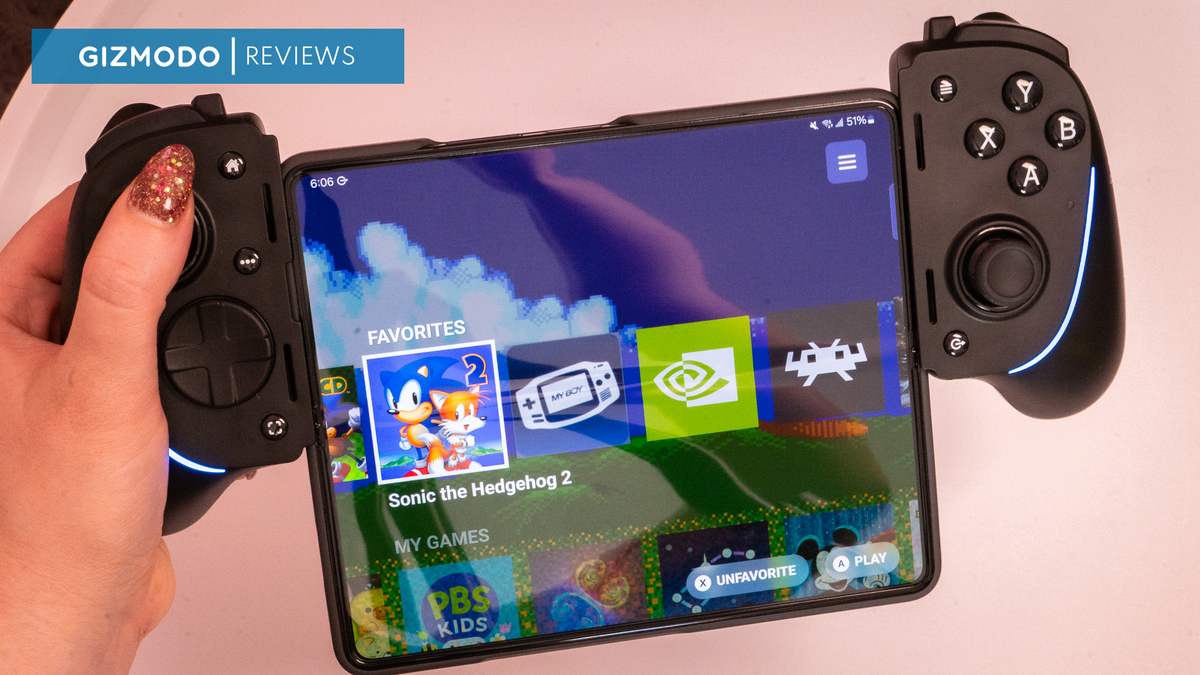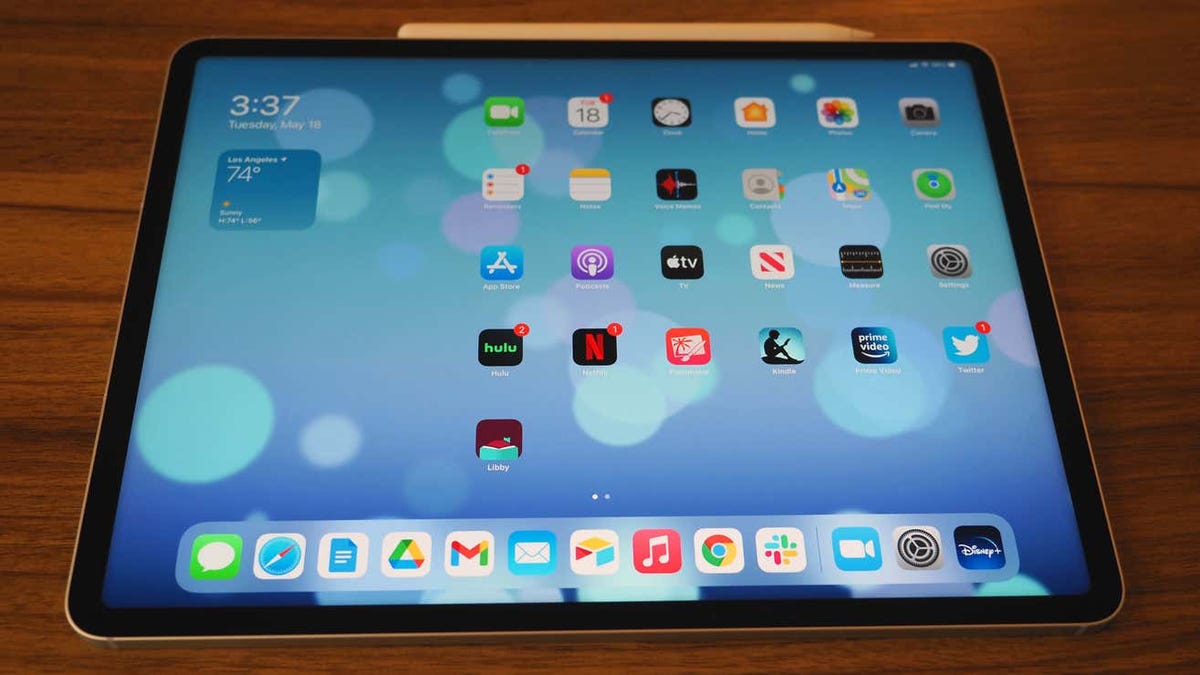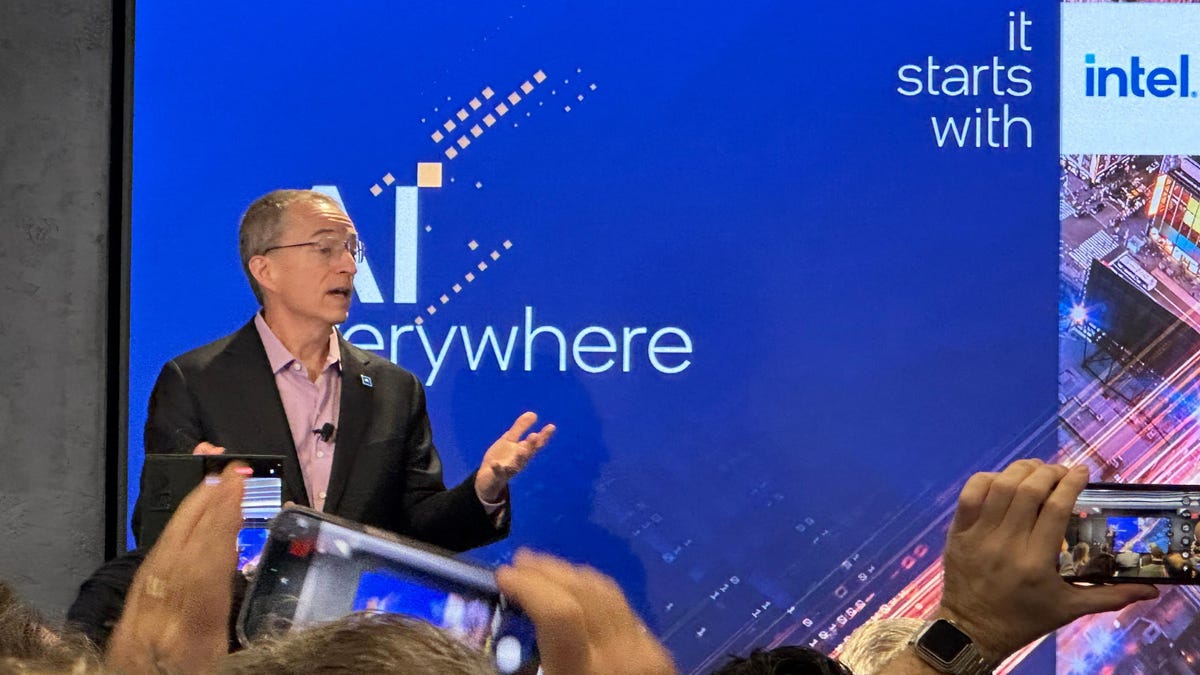Those who have long been upset about their opaque data bills might finally get a glimpse of what they’re really paying for. Starting Wednesday, the Federal Communication Commission’s “nutrition labels” we’ve been promised for years are now fully enforced. Every ISP with 100,000 or more customers must document everything that goes into users’ monthly service bills. Though big broadband originally complained about the undue “burden” on their time to list every hidden fee for every service, most of the major ISPs in the U.S. have already started listing them. So what does this mean for you, dear reader?
Well, it means it’s time to go back to Excel class and re-learn how to read some spreadsheets. The nutrition labels are relatively straightforward but are also a bit too much like reading a grocery receipt. All the major providers must share these labels, though some of the smaller carriers might not yet have their nutrition labels active, as they have an extended deadline set for Oct. 10 this year.
The FCC provides its own guide on reading these labels and what each section means. Before your eyes glaze over, there are a few things you should note first on every new broadband nutrition label.
How to Read the ISP ‘Nutrition Label’
The ISP fact sheet is meant to be read from the top down, so first note the name of the brand and the type of plan right under the “Broadband Facts’ label. The major telecom companies list these as the name of their plan, but what we’re really interested in is underneath.
The most important parts of the puzzle are the price and the speeds provided. These will help you determine whether or not the service you’re looking at is actually worth it. The section will also list if there’s any early termination fee, which could be very important if you don’t end up liking your internet service and want to switch. The nutrition label likely won’t specify the exact nature and period of early termination, so you should look that information up in the full Terms of Contract, which ISPs are required to put in the facts sheet toward the top.
The “Monthly Price” is what you would be paying each month after the first. It will include installation, insurance, and other potential add-ons that are used to make buying your internet plans such a gamble. However, this monthly fee likely doesn’t take into account things like activation fees or other one-time payments when you first pick your plan, so note anything like that under the Additional Charges & Terms section.
Next, you’ll want to look at the “Speeds Provided with Plan” section. This will show your plan’s download and upload speeds, typically in megabits per second or Mbps. Now, what a good or bad download speed is might be determined by the number of folks living in your household, though the fact sheet itself won’t tell you what’s considered “high-speed internet.” Nowadays, you can survive on something like 25 Mbps, especially if you live alone. Some services like cloud gaming want you to have a minimum of around 20 Mbps, but really, you’ll want something like 50 Mbps. A small household should expect a minimum of 100 Mbps download speeds to support multiple users trying to use up a lot of internet at the same time without throttling.
Depending on the type of plan, you could include minimum data usage in the monthly plan. The service will charge you extra per GB for more data, which could be as low as $5 per gigabyte or potentially much more. In the same vein, you should also check to see how the company might manage your data. The company is forced to list if it conducts any data throttling, prioritization, blocking, or anything else that restricts your internet access.
A few links are provided in the facts sheet, including information on their privacy policy that might be worth checking out in case you’re concerned about the ISP using your information. However, perhaps the most important for consumers is the links provided under the Discounts & Bundles section. This will help give you an idea about ways you might be able to save on the bill, something ISPs aren’t usually super keen to provide. This could be through bundling your internet services with wireless, or you could save some money if you’re willing to use your old modem or router.
Some labels will also include a link to the Affordable Connectivity Program, which is a federal program managed by the FCC meant to offer people living on low-income assistance with their internet bills. Of course, we can’t all have nice things. On Tuesday, the FCC said that since Congress has not approved new funding, the agency has had to make massive cuts that will mean far fewer people receiving aid for high-speed internet. The cuts also mean the message is no longer required on the new nutrition labels, so you might not see it on every new plan that comes out.
You should be able to read the label and immediately compare it to a competing service by judging speeds and costs and calculating both monthly and one-time costs. It might not be the easiest and most clear way of taking in all the associated costs of buying data plans, but it’s far more transparent than letting each ISP display the information they want without any set standard.
What is a ‘High Speed’ Download or Upload Speed?
Last year, FCC chairwoman Jessica Rosenworcel proposed that the new standard for “broadband” should be 100 Mbps download speed and 20 Mbps upload. The FCC voted last month to confirm the new expected speed, raising it from the paltry 25 Mbps that had long been the broadband standard.
Still, that doesn’t mean you’ll have any guaranteed access to fast broadband speeds, depending on where you live. The FCC noted that 45 million people in the U.S. still lack access to 100 Mbps broadband and even 5G cell service.
You should also look at the latency. Normally, you’ll see a range of around 20 to 60 ms. Depending on what you normally use your internet for, more latency could hamper you in online gaming or when trying to connect with friends and family through video chat.
Need More Help?
How To Use the Google Password Manager on Any Device
Here Are Some Easy Ways to Make Windows More Secure
How to Access Netflix Games on iPhone
8 Ways to Extend Your iPhone’s Battery Life
Six Ways to Speed Up Your iPhone
Want more of Gizmodo’s consumer electronics picks? Check out our guides to the best phones, best laptops, best TVs, and best headphones. If you want to learn about the next big thing, see our guide to everything we know about the iPhone 16.

/cdn.vox-cdn.com/uploads/chorus_asset/file/25429565/Rabbit_R1_Settings.JPG)






